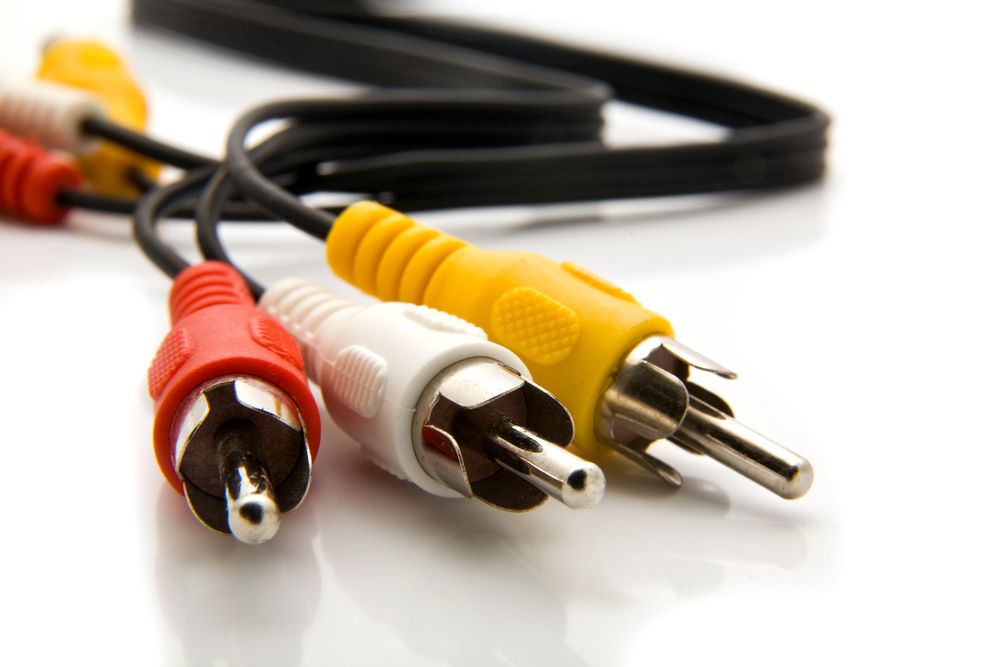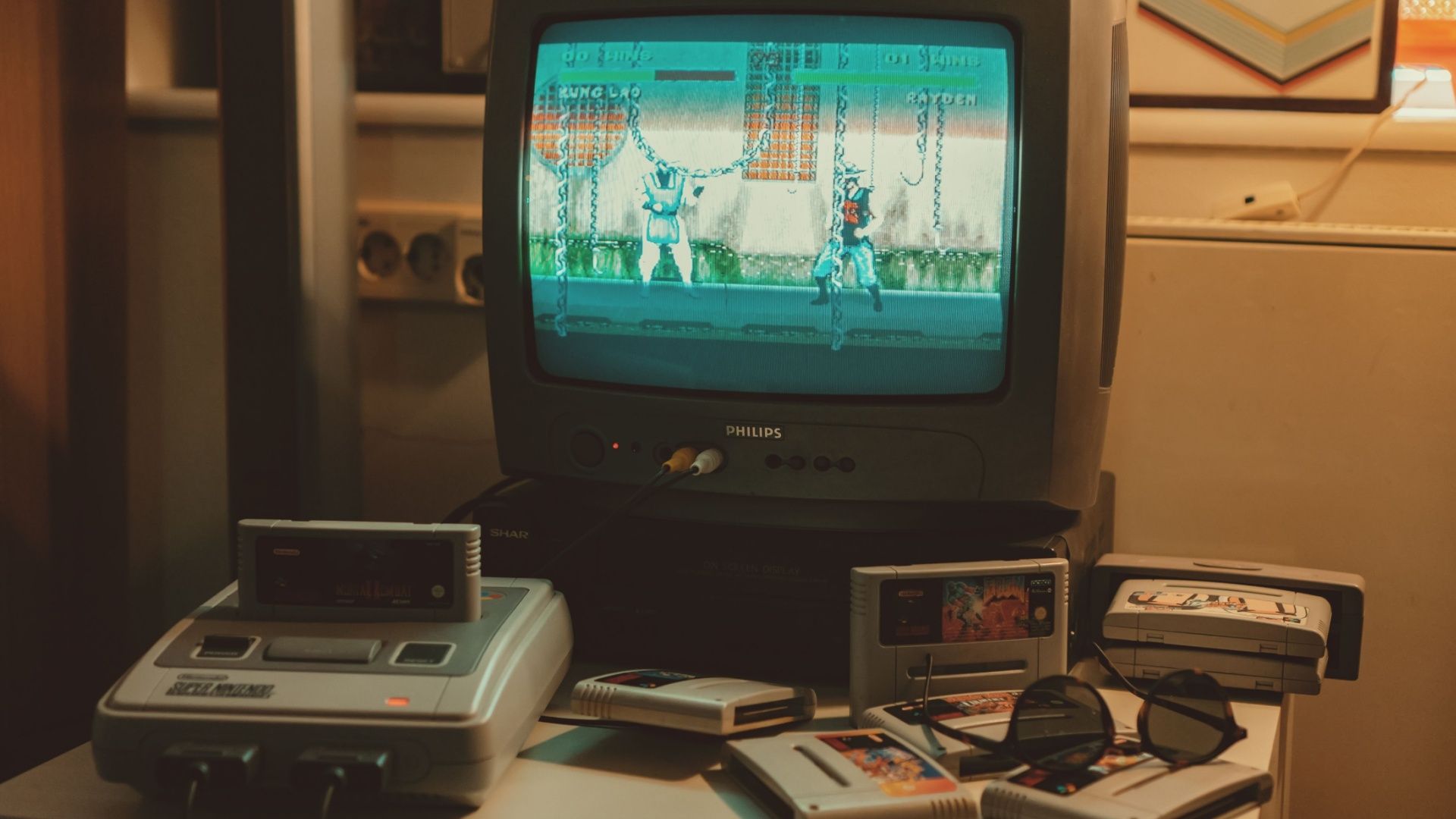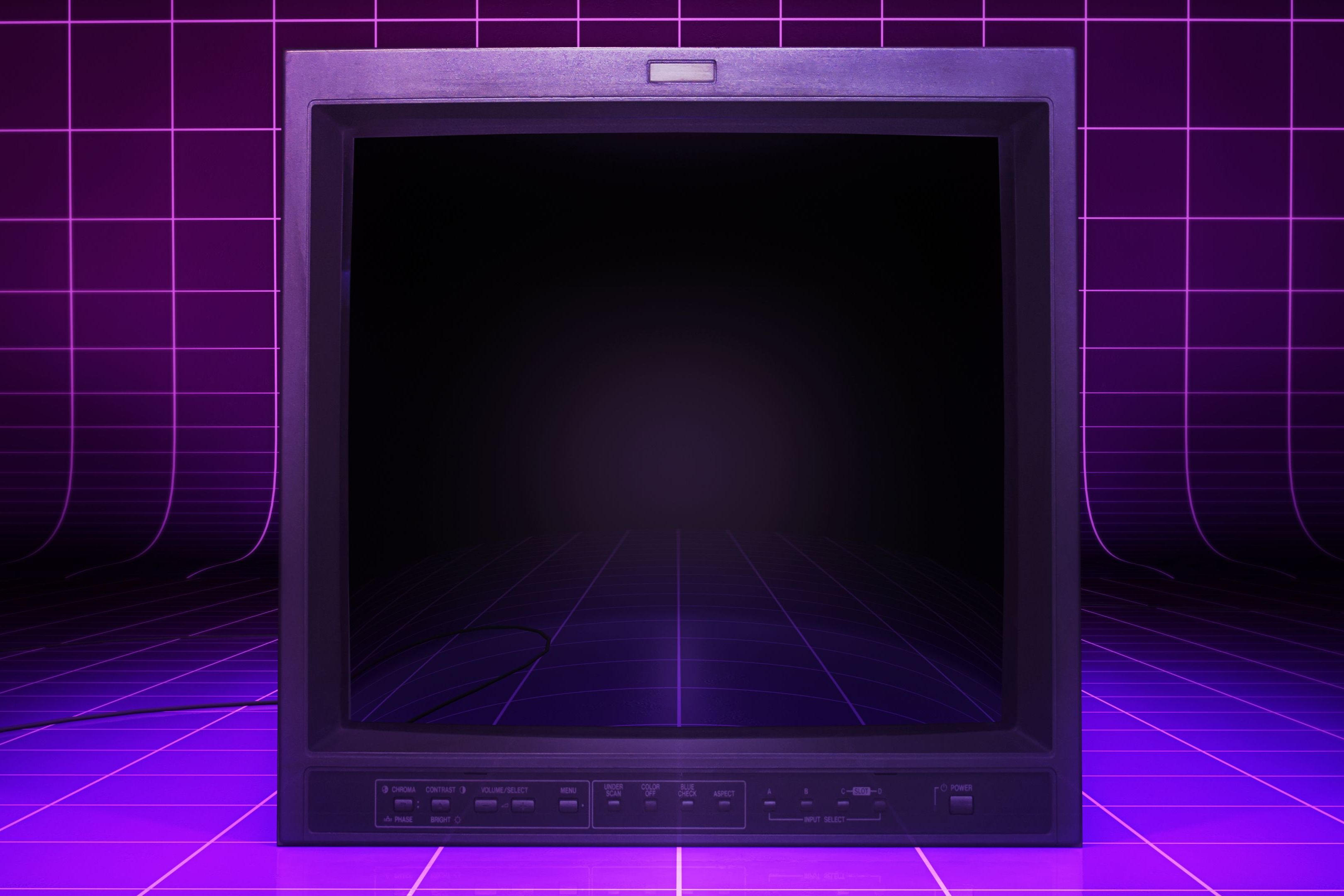CRT TVs are sought after by retro gamers and retro media enthusiasts alike, but not every CRT is capable of producing a great picture. With CRT supplies dwindling, intrepid modders are figuring out ways to upgrade the input options some of the cheaper models had.
What Is RGB on a CRT?
RGB simply refers to red, blue, and green. The three primary colors that make up the image a CRT generates. By varying the intensity of each color, you can create pretty much any color.
A TV receives information about how much of each color should be at every position in the image from some sort of video signal. In a composite video cable (the yellow one), all three color values as well as the luminance (brightness) information is mushed together into a single signal, and the TV has to unravel it all.
With the European SCART connector, or the component input system, the information for each color channel is carried by a dedicated connector. It’s more complicated than that because of different analog RGB standards for these connectors, but that’s the basic principle.
Why Is RGB So Sought After?
By giving each color (and other elements of the image) its own channel, you reduce or eliminate interference that reduces the integrity of that information. Composite video tends to be blurry, and has artifacts like “crawling” in the picture. S-Video, which separates the color and luminance into separate signals, drastically improves the sharpness, stability, and color of the picture.
Going from S-Video to RGB SCART or RGB analogue component input brings yet another improvement to image clarity. In order to get an HD image using an analog signal, you have to use something like component video, which is exactly what early HD consoles like the Xbox 360 did, which didn’t even have an HDMI port on its initial release!
For retro consoles, the internal video signal is a high quality analogue RGB source, before getting crunched down into a composite, RF, or S-Video signal. It’s often possible to do an RGB mod on these consoles, and then connect it to something like component video, for the ultimate quality possible with that hardware. This is why RGB is sought after both on retro consoles, and in CRTs.
Unfortunately, in North American CRTs, RGB inputs are pretty rare. Most CRT TVs you’ll find will have nothing but composite inputs, or S-Video at best. It was mainly higher-end models that came with these fancier inputs. So, you may have a nice CRT, but without the option to connect the best signal sources to it.
How Do RGB Mods Work?
The thing is, inside your CRT, that signal has to be converted to RGB at some point. Many TVs actually have the same signal processing hardware inside as higher models in the family, they just don’t have a direct external connection to process it.
So, an RGB mod taps into the RGB capabilities of these CRTs through hardware modification. Typically, the composite video circuitry of the TV is bypassed, and then an RGB mod board is used to separate incoming signals and reroute them to the right place in the TV’s circuitry. Modding may also then require making adjustments to the electron gun, and calibrating the TV for a sharper RGB signal.
However, there’s no substitute for seeing how it’s done, so here’s a great video by Adrian’s Digital Basement that walks us through it.
As you can tell, this isn’t exactly a beginner-friendly mod, and really only a professional should attempt it.
Which TVs Can Be Modded?
Not every TV can be RGB-modded, and you’ll have to look up your exact model to see if it can be done. Generally moddable TVs share internal components with high-end TVs from the 80s or 90s, or with computer monitors. If there’s no RGB circuitry in the TV at all, then there’s nothing to mod.
A given TV model also needs very detailed documentation, or modders won’t know how to install an RGB mod. If there are no schematics for a given TV model, then that’s pretty much a dead-end.
Is It Worth It?
RGB mods are not for the faint-hearted, can be dangerous because CRTs are dangerous to work on, and might wreck a working TV. My Trinitron CRT does seem to be moddable, but honestly I’m perfectly happy with its S-Video picture.
If you really want to chase the sharpest and most accurate image quality for retro consoles, then an RGB mod is the only way to do it, but it might just be less hassle to look for a TV that already has some form of RGB input.








